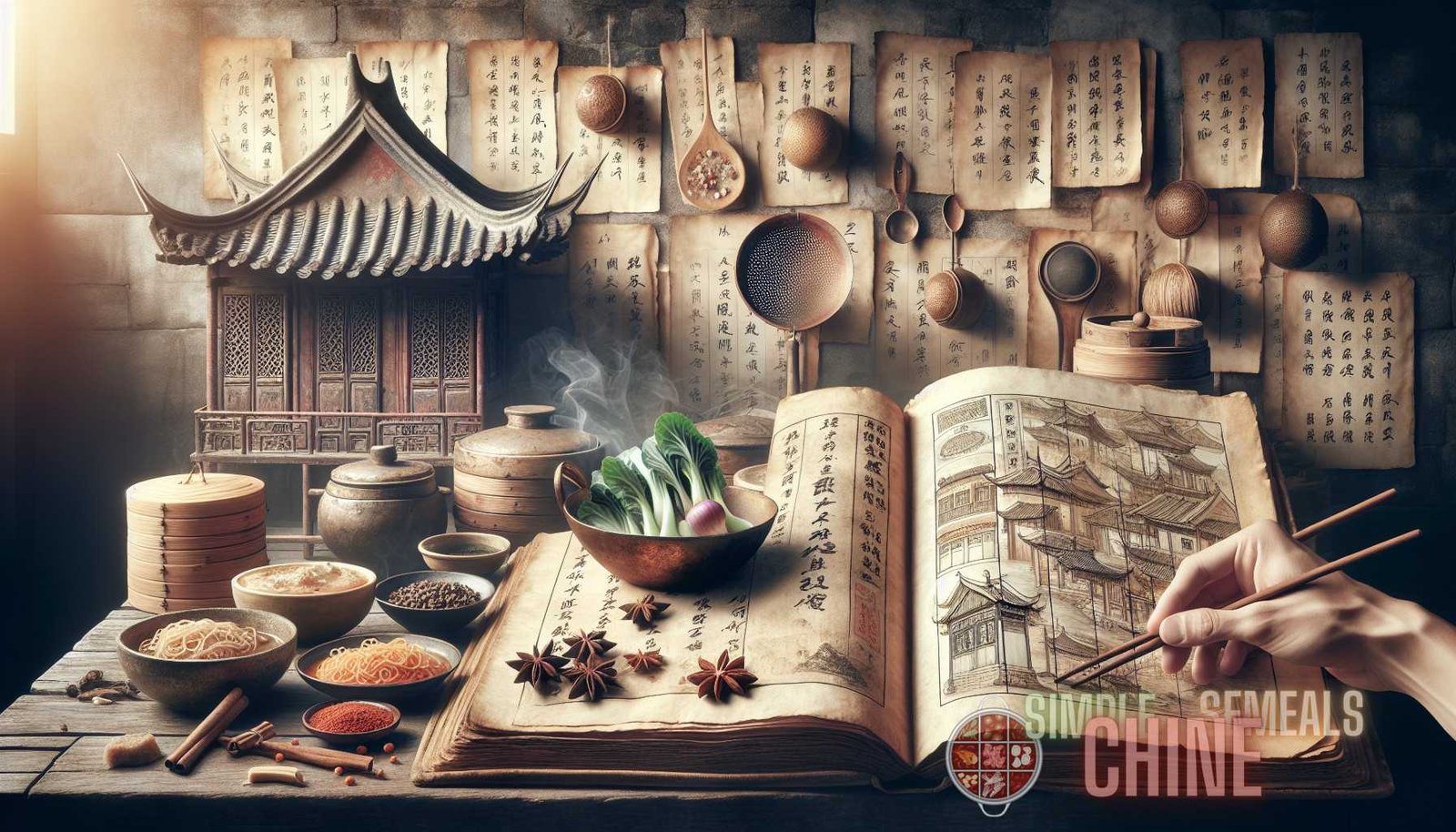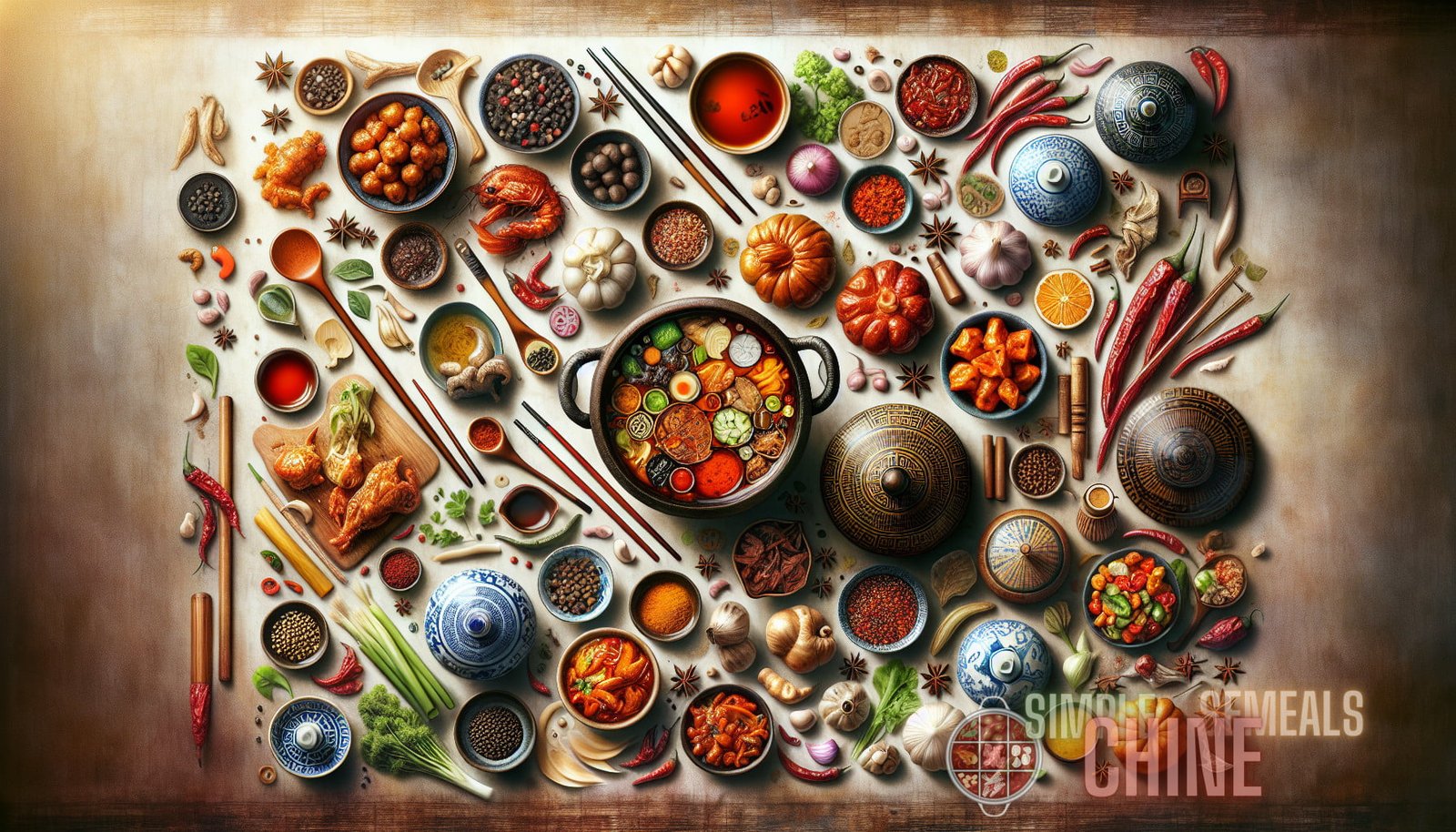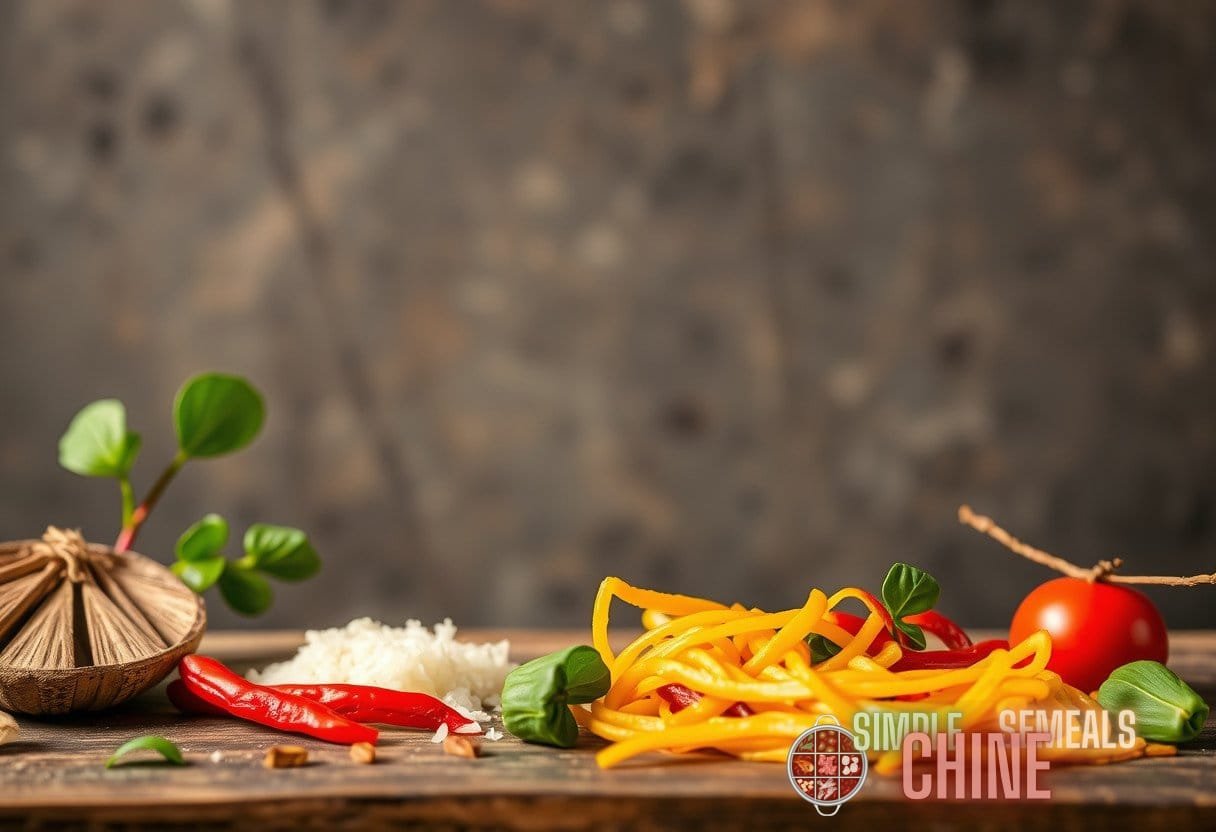A Brief Introduction to Chinese Cuisine
Chinese cuisine is one of the oldest and most diverse culinary traditions in the world. With a history spanning more than 5,000 years, it has evolved into a complex and sophisticated art form that reflects the country’s rich cultural heritage and vast regional diversity. From the fiery spices of Sichuan to the delicate flavors of Cantonese cuisine, Chinese food offers a unique and diverse range of flavors, textures, and cooking techniques.
In this article, we will delve into the hidden techniques and secrets of Chinese culinary craftsmanship, offering an insider’s insight into the centuries-old traditions that have shaped this renowned cuisine. We will explore the various regional styles of Chinese cooking, uncover the key ingredients and flavors, and reveal the time-honored cooking methods that have made Chinese cuisine so beloved around the world.
The Regional Diversity of Chinese Cuisine
China’s vast size and diverse geography have contributed to the development of numerous regional cooking styles, each with its own distinct flavors and techniques. From the spicy dishes of the southwest to the seafood delights of the southeast, Chinese cuisine offers a wide range of culinary experiences.
Some of the most famous regional cuisines include:
- Sichuan Cuisine: Known for its bold and spicy flavors, Sichuan cuisine is characterized by the use of Sichuan peppercorns, chili peppers, and garlic. It is famous for dishes such as Kung Pao Chicken and Mapo Tofu.
- Cantonese Cuisine: Cantonese cuisine is renowned for its delicate flavors and fresh ingredients. It focuses on stir-frying, steaming, and lightly braising ingredients to preserve their natural flavors. Dim Sum, a style of bite-sized dishes, is a popular component of Cantonese cuisine.
- Shandong Cuisine: Shandong cuisine is known for its emphasis on seafood and the use of bold flavors. It features a combination of fresh ingredients, such as fish, clams, and scallops, with soy sauce, vinegar, and garlic.
- Hunan Cuisine: Hunan cuisine is characterized by its use of spicy flavors, similar to Sichuan cuisine. It is known for its use of chili peppers, fermented beans, and smoked meats.
- Jiangsu Cuisine: Jiangsu cuisine is known for its delicate and mild flavors, with an emphasis on braising, stewing, and simmering. It features fresh ingredients, such as freshwater fish, crab, and pork.
These are just a few examples of the diverse regional cuisines that make up Chinese cuisine. Each region has its own unique culinary traditions and specialties, influenced by local ingredients, climate, and cultural preferences.
The Key Ingredients and Flavors of Chinese Cuisine
Chinese cuisine is renowned for its use of fresh and flavorful ingredients. From aromatic spices to delicate herbs, these ingredients play a crucial role in creating the distinctive flavors that define Chinese dishes.
Some of the key ingredients used in Chinese cuisine include:
- Soy Sauce: A staple in Chinese cooking, soy sauce adds depth and umami to dishes. It is made from fermented soybeans, wheat, water, and salt.
- Garlic: Garlic is extensively used in Chinese cuisine for its aromatic and pungent flavor. It is often used as a seasoning in stir-fries, soups, and sauces.
- Ginger: Ginger adds a fresh and spicy kick to Chinese dishes. It is commonly used in marinades, stir-fries, and steamed dishes.
- Sichuan Peppercorns: Sichuan peppercorns are a key ingredient in Sichuan cuisine, known for their unique numbing and spicy flavor. They are often used in stir-fries and braised dishes.
- Star Anise: Star anise is a fragrant spice commonly used in Chinese braised dishes and soups. It adds a distinctive licorice-like flavor.
- Five-Spice Powder: Five-spice powder is a blend of spices, including star anise, cinnamon, cloves, fennel seeds, and Sichuan peppercorns. It is often used as a seasoning for roasted meats and stir-fries.
- Fermented Black Beans: Fermented black beans are used in many Chinese dishes for their salty and savory flavor. They are typically used in stir-fries and sauces.

These are just a few examples of the many ingredients that contribute to the unique flavors of Chinese cuisine. The combination of these ingredients, along with the skillful use of various cooking techniques, is what sets Chinese cuisine apart.
The Art of Chinese Culinary Craftsmanship
Chinese culinary craftsmanship is steeped in tradition and expertise. Passed down through generations, the techniques and skills required to create authentic Chinese dishes are honed over years of practice and experience. Here are some of the key techniques that underpin Chinese culinary craftsmanship:
- Stir-Frying: Stir-frying is a technique that involves quickly cooking small, bite-sized ingredients in a hot wok. The high heat and constant stirring ensure that the ingredients cook evenly and retain their crispness.
- Steaming: Steaming is a popular cooking method in Chinese cuisine, particularly for seafood and dumplings. By cooking food over boiling water, steaming preserves its natural flavors and nutrients.
- Braising: Braising is a slow-cooking technique that involves simmering ingredients in flavorful liquids, such as soy sauce or broth. It is commonly used for hearty dishes, such as braised pork belly or soy-braised tofu.
- Deep-Frying: Deep-frying is a technique used to achieve a crispy exterior and tender interior. It is commonly used for dishes such as spring rolls, crispy duck, and sweet and sour pork.
- Pickling: Pickling is a preservation technique that involves soaking food in a mixture of vinegar, salt, and seasonings. It adds a tangy and pungent flavor to ingredients, such as vegetables and meats.
These techniques are just a glimpse into the wide range of skills and practices that Chinese chefs employ to create stunning and flavorful dishes.
The Influence of Chinese Cuisine on the World
Chinese cuisine has had a profound impact on the culinary landscape of the world. From the humble wonton to the indulgent Peking duck, Chinese dishes can now be found in almost every corner of the globe. This widespread popularity can be attributed to several factors:
- Flavorful and Diverse: Chinese cuisine offers a wide range of flavors and textures, making it appealing to a variety of palates. From spicy Sichuan dishes to delicate Cantonese dim sum, there is something for everyone.
- Healthy and Balanced: Chinese cuisine emphasizes the use of fresh ingredients, such as vegetables, seafood, and lean meats. It is known for its balanced approach to nutrition, with an emphasis on the inclusion of a variety of ingredients in each meal.
- Adaptability and Fusion: Chinese cuisine has a long history of adapting and incorporating new ingredients and cooking techniques. This adaptability has allowed it to seamlessly blend with local culinary traditions around the world, leading to the creation of unique fusion cuisines.
As Chinese communities have spread across the globe, they have brought with them their culinary traditions, sharing their heritage and flavors with their new homes.
In Conclusion
The centuries-old Chinese culinary craftsmanship is a testament to the country’s rich and diverse cultural heritage. From the bold flavors of Sichuan to the delicate techniques of Cantonese cuisine, Chinese cooking offers a truly unique and memorable dining experience.
By exploring the regional styles, key ingredients, and time-honored techniques of Chinese cuisine, we gain a deeper appreciation for the artistry and skill that underpin this ancient culinary tradition. Whether you are a seasoned food enthusiast or a curious beginner, delving into the world of Chinese cuisine is sure to be a rewarding and delicious journey.
For more information on Chinese culinary heritage, indulge in an article available here. Alternatively, take a fascinating journey through the unique flavors of Chinese regional cuisines with our article here.



